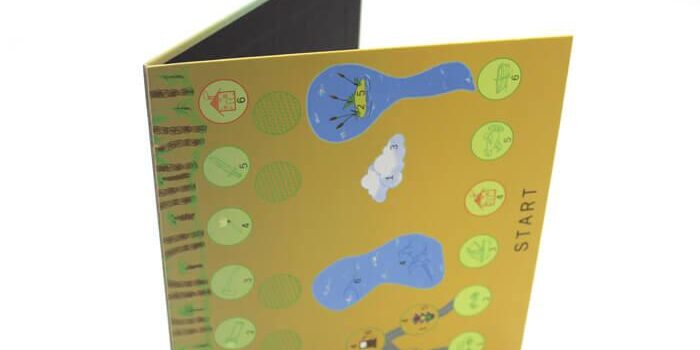A complete guide to all the components and other elements you might want to include in a classic board game, and how they make the game fun.
When you start looking into how to make your own board game, one of the first things that usually hits you is how many different pieces and parts there are, from dice and cards to counters, coins, miniatures, and more. In other words, it’s not just the board! As you develop your ideas and themes and choose your mechanics. Take into account how many options there are to consider. You need to ask yourself: “What should a board game include?”
1.A gaming board
If we’re talking about board games, and we are! then it seems logical to start with the concept of a game board, right? However, even though the terms are sometimes used interchangeably, there is a subtle difference between tabletop games and classic board game. Strictly speaking, you don’t need a board for a tabletop game. Just a tabletop. So, card games, pen-and-paper games, and many puzzle games are tabletop games. And not board games. Board games must have some kind of board. You might say that board games are part of tabletop games. Because the board is almost always placed on a tabletop. Although they are also often played on the floor.
(1) Common Game Board Varieties
The traditional and most common board for games is a printed card square or rectangle, which may or may not fold. For example, consider popular family games such as Clue or Monopoly. In most cases, the board is located in the middle of the playing area. And there are directional players sitting there, while there can also be more than one player on each side. So, two players on each side. The traditional four-square board can accommodate up to eight players. Other types of game boards include modular sections. These sections fit together (a bit like a puzzle). To form the playing area. In several games (especially the role-playing variety). These sections are placed one by one on the table as the game progresses. As each game is played, the configuration may change.
(2) Special Game Board Configurations
Also, the board does not need to be square. The board may be round, oval, triangular, hexagonal…any shape that works with your game, makes sense for your theme. And is still very feasible. So while you should think carefully before rejecting the traditional rectangular board for ease of production and economic reasons. It is always worth exploring other creative options. These options can add extra dimensions and appeal to your custom game design.













